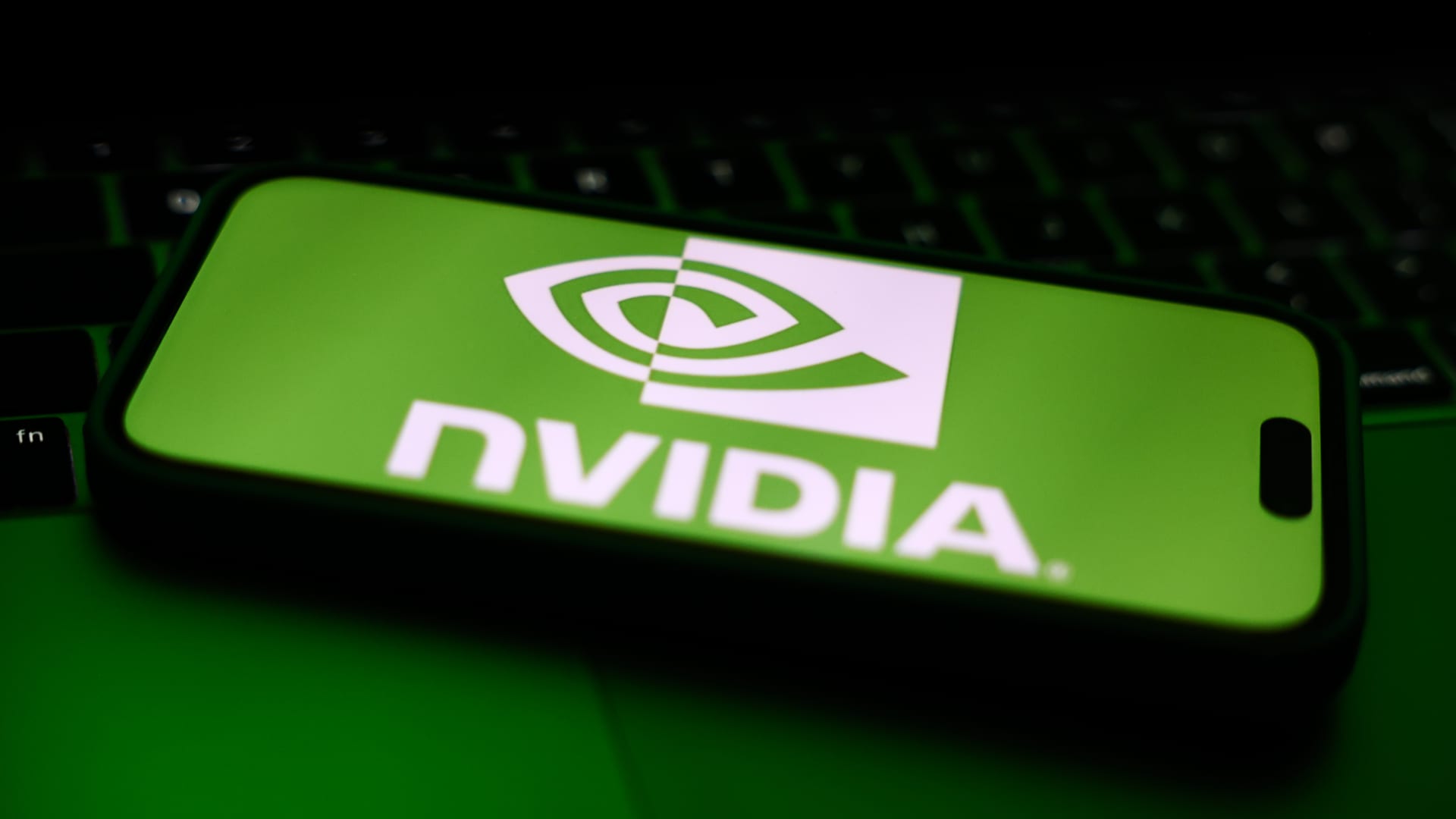Yes, it’s called Fartcoin. Yes, it is totally useless.
And yes, it has nevertheless tripled in value over the past week to a market capitalization of more than $700 million — about equal to those of Office Depot, Guess jeanswear, and the parent company of Steak N’ Shake.
The carnival-casino era of cryptocurrencies has come back with a vengeance, riding a broader wave of investment in bitcoin that was itself spurred by the election of Donald Trump. It’s minting millionaires while potentially harming others — yet everyone, even the losers, seem to be in on the joke.
The wave of “memecoiners” is a mix of longtime bitcoin holders and people simply desperate to change their fortunes in an era of sky-priced homes and equities, according to Toe Bautista, research analyst for GSR, a decentralized finance group. While many memecoin traders, flush from gains thanks to bitcoin’s 130% increase this year — 50% of which has come since Trump’s election last month — are simply “moving down the risk curve” into areas of pure speculation, Bautista said. Others see the potential of making 10 times their money overnight.
“A lot of it is people thinking, ‘I can get some sort of edge by having a better chance at a lottery ticket,” Bautista said.
Memecoin buyers and sellers alike are, for the most part, aware that their trading activity amounts to the riskiest kind of gambling, Bautista said. It’s all about exiting one’s position to avoid getting left with “holding the bag” and failing to trade up and strike while the price is hot.
“Because they’re worthless, you’re betting on the ‘greater fool,'” he said, referring to the idea that someone else will pay a higher price for a given memecoin. “You’re thinking, ‘I’m early to this, someone will buy the bags.’ But there’s no underlying driver of its value.”
For the most part, the greatest risk in trading memecoins, which tend to be based on the lifespan of viral internet memes, is the meme itself fading away from the cultural zeitgeist. And indeed, the gains from a given news cycle for a very select few can be substantial. Blockchain data shows at least one holder of a coin created in the wake of the Peanut the Squirrel incident last month, which involved the death of a rodent possibly being kept without permission by a New York man, is sitting on nearly half a billion dollars.
Today, that coin, PNUT, is down about half from its peak value of $2.47 as that news story has faded from view.
Yet there are also operational risks to memecoins, as illustrated by the rise and rapid fall of “Hawk” coin, released earlier this month by Haliey Welch, a Tennessee woman who has parlayed a viral lewd street interview into a successful podcast.
Over the course of 24 hours, Hawk’s market cap peaked at $500 million before collapsing to $28 million, prompting complaints about dramatic losses in funds. Those complaints have not been independently verified by NBC News.
Facing accusations of insider trading, Welch released a statement saying neither she nor anyone on her team had sold the coins, blaming instead “sniper” algorithmic bots designed to sell as prices begin to surge.
Bautista said that indeed, algorithmic trading, which has long been part of mainstream trading on Wall Street, is now routinely deployed in the memecoin space. He estimates that of the top-20 traded coins in crypto, half are memecoins whose trades are almost entirely driven by bots designed to spot and respond to price movements.
Is it legal? Some believe memecoins are permitted because the Securities and Exchange Commission has never formally categorized bitcoin as a security. Yet the agency has taken actions against exchanges that have permitted trading of other tokens. And, crucially, many memecoins, including Fartcoin, do not appear able to be legally purchased from U.S. soil on most of the crypto exchanges offering them.
Ground zero for launching memecoins is a website called Pump.fun, which allows users to “launch a coin that is instantly tradeable in one click for free.” Launched in January 2024, the site has generated over $288.4 million in revenue since its inception, according to analytics data cited by CoinTelegraph, a crypto industry publication.
Earlier this month, the United Kingdom’s Financial Conduct Authority said the website was not authorized in the country and warned anyone who interacted with a product or service associated with the site had no investor protections.
Despite this, the site’s terms and conditions state that its provisions are governed by “the laws of England.”
A spokesperson for the website was not immediately available for comment.
It may be the digital Wild West, but some tools have been developed to help nonsavvy memecoin participants avoid outright scams. A site called Rugcheck.xyz bills itself as capable of scanning memecoin ownership data to determine whether an actor or small group of actors are capable of putting their thumb on the scale of the market. Pump.fun itself says it prevents “rugs,” or sudden price dumps, by making sure that any tokens it launches have no presales or small-batch allocations that would benefit insiders.
It is not clear how much longer the current crypto “bull” cycle will last, but at least one analyst believes it is still in relatively early innings given likely developments next year — namely, potentially further reductions in interest rates by the Federal Reserve, and the implementation of more crypto-friendly policies by the Trump administration.
“There are lots of events in 2025 that can help drive bitcoin and crypto prices up further,” said Gracy Chen, CEO of crypto group Bitget, in an interview with NBC News.
In fact, Trump world has already shown signs of accelerating its embrace of cryptocurrencies. Bloomberg News reported on Friday that World Liberty Financial, a crypto project “inspired by Trump,” has been buying millions of dollars worth of tokens beyond bitcoin, a sign that the decentralized finance lending platform could launch soon. Trump has been named as an eventual “financial beneficiary” of World Liberty.
A spokesperson for World Liberty did not respond to a request for comment.
Yet there is clearly a dark side to the memecoin world. Omid Malekan, who teaches crypto at the Columbia Business School at Columbia University, said it is emblematic of the economic “nihilism” that has taken root among many young Americans who feel they have been priced out of the American Dream.
“All these kids are like, ‘All the good stocks are way too expensive. And houses? I can’t afford them,'” Malekan said. “So, ‘I’ll gamble on something that can ’10x’ my money, and if I lose it all, Who cares, I was screwed anyway.'”

 Blog Post1 week ago
Blog Post1 week ago
 Economics1 week ago
Economics1 week ago
 Finance1 week ago
Finance1 week ago
 Personal Finance1 week ago
Personal Finance1 week ago
 Accounting1 week ago
Accounting1 week ago
 Economics1 week ago
Economics1 week ago
 Personal Finance7 days ago
Personal Finance7 days ago
 Personal Finance1 week ago
Personal Finance1 week ago










